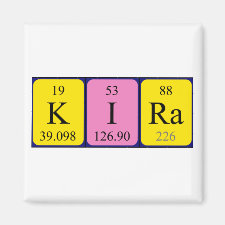
Authors: Kotova K, Hussain M, Mustafa G, Lieberzeit PA
Article Title: MIP sensors on the way to biotech applications: Targeting selectivity.
Publication date: 2013
Journal: Sensors and Actuators B: Chemical
Volume: 189
Page numbers: 199-202.
DOI: 10.1016/j.snb.2013.03.040
Alternative URL: http://www.sciencedirect.com/science/article/pii/S0925400513003213
Abstract: Molecular imprinting among others leads to recognition layers toward pharmaceutically or physiologically active compounds that can be applied for rugged mass-sensitive sensing. In the case of ephedrine, quartz crystal microbalance (QCM) measurements in aqueous solution result in a detection limit of ~5 ppm. When assessing two folic acid metabolites, leucovorin yields LoD of 20 ppm and anhydroleucovorin even 1 ppm. Systematic selectivity studies reveal that acrylate-based molecularly imprinted polymers (MIP) for ephedrine detection most of all address the secondary amino group of the compound, followed by the aromatic ring. In contrast to this, the aliphatic part and the hydroxyl group do not substantially contribute to sensing. In the case of the two folic acid metabolites, the present study to the best of our knowledge represents the first successful imprinting approach. Besides very appreciable selectivity between the two metabolites and folic acid, respectively, it also strongly indicates that applying solvent mixtures substantially increases the sensitivity of the resulting sensors
Template and target information: leucovorin, anhydroleucovorin
Author keywords: molecularly imprinted polymers (MIP), quartz crystal microbalance (QCM), Ephedrine, Leucovorin, Anhydroleucovorin, Substructure selectivity



Join the Society for Molecular Imprinting

New items RSS feed
Sign-up for e-mail updates:
Choose between receiving an occasional newsletter or more frequent e-mail alerts.
Click here to go to the sign-up page.
Is your name elemental or peptidic? Enter your name and find out by clicking either of the buttons below!
Other products you may like:
 MIPdatabase
MIPdatabase









